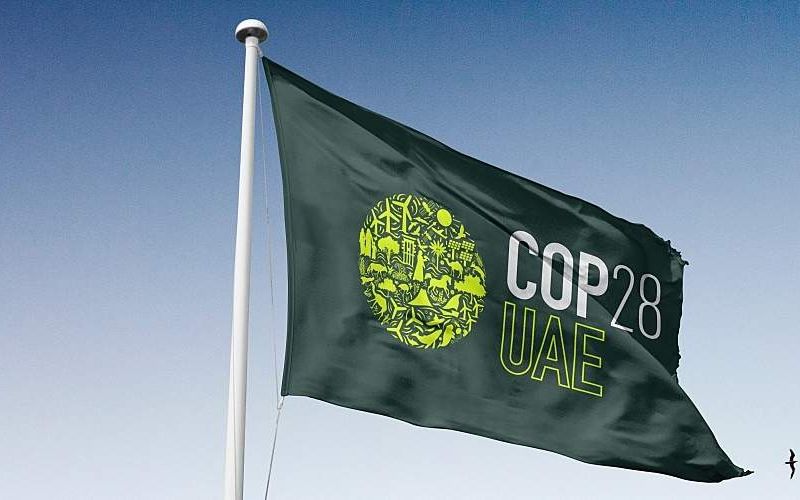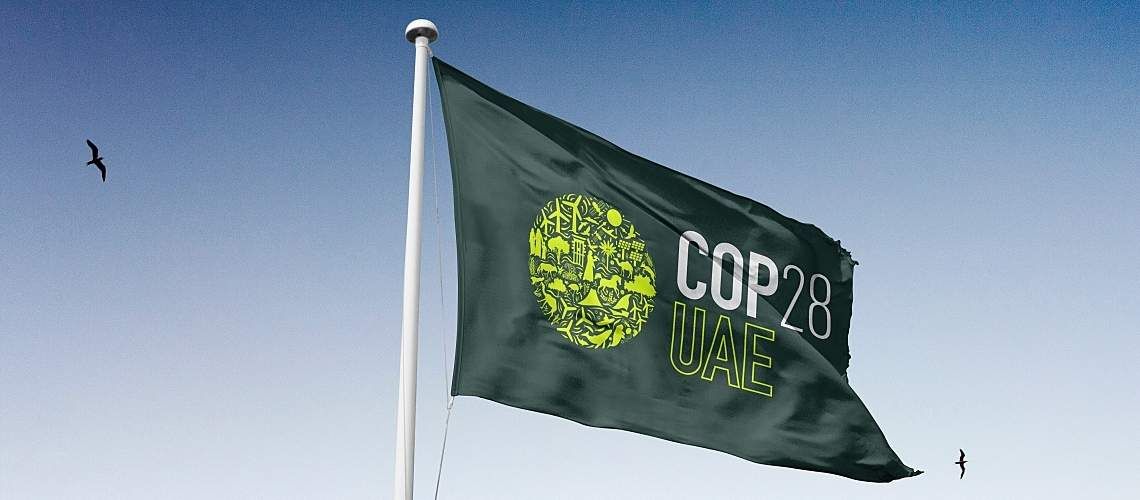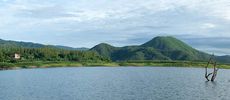Key COP28 Takeaways for Water Lab Managers


In November and December 2023, the UN Climate Change Conference (COP28) brought thousands together for the annual conference. About 85,000 attendees including world leaders, heads of state, climate advocates, Indigenous peoples, companies, youth groups, and non-governmental organizations were gathered in Dubai for the closely followed negotiations.
Preventing fossil fuel pollution, limiting greenhouse gas emissions, and addressing damage from climate change remained central focus areas for participants in the high-profile discussions. Amid the back and forth, there was increasing recognition that water has an important role in climate systems.
For the first time, a Water for Climate Pavilion with more than 60 partners shared knowledge and support for collective action and aimed to amplify the international water community's voice at the conference. Water was also included in several newsworthy outcomes from the gathering.
Here are the key takeaways for water utility and water lab managers.
A Conference of the Parties
Each year, the United Nations Framework Convention on Climate Change (UNFCCC) brings together 197 nations and the European Union for the Conference of the Parties, known as COP. Since Germany hosted the first COP in Berlin in 1995, different countries typically host the conferences.
These events tend to hold global significance. At COP3 in Kyoto, Japan, economically advantaged countries agreed to limit and lower greenhouse gases in a historic step that became known as the Kyoto Protocol. The Paris Agreement, a legally binding international treaty that emerged from COP21 in 2015, aimed to limit global temperature increases to 1.5°C above pre-industrial levels.
COP28, hosted by the United Arab Emirates included the first global stocktake (GST) since the Paris Agreement, a comprehensive two-year review essentially checking to see how countries are doing against their climate targets. The parties meeting in Dubai also expanded the global goal on adaptation (GGA), a framework for adaptation efforts established by the Paris Agreement.

Water Makes the Agenda
In a small but important step, national climate planning agreements at COP27 in Egypt included water-related targets, and water was even more prominent on the COP28 agenda. More than 150 sessions involving water took place throughout the conference. In addition to the Water for Climate Pavilion, new pledges and commitments emerged from breakthrough dialogues. The UAE pledged $150 million to fund solutions for water scarcity and a new pilot initiative to address urban water challenges launched with a $42 million commitment from the Netherlands.
At the conference, 37 new members also joined the Freshwater Challenge to help restore 30% of the planet's degraded freshwater ecosystems by 2030, totaling 186,000 miles of rivers and nearly 865 million acres of wetlands. Additionally, leaders from France and Kazakhstan announced plans to co-host the One Water Summit, a gathering to address the global water crisis, in New York during the UN General Assembly this September.
In an article published by SIWI, Dani Gaillard-Picher—an international policy advisor for the nonprofit Stockholm International Water Institute, which organized the Water for Climate Pavilion—said she noticed many more water discussions happening in Dubai compared to past conferences. She pointed out that the GST and the GGA both featured water.
The global stocktake helps Paris Agreement nations and stakeholders to find out where they've made progress and also identify where they haven't. A technical report on the GST published in September 2023 pointed to opportunities for good climate adaptation practices across systems and sectors. For example, actions such as improving water use efficiencies and enhancing floodwater management could help populations adapt, the report noted.
The global goal on adaptation adopted at the conference lists "significantly reducing climate-induced water scarcity and enhancing climate resilience to water-related hazards" as the first 2030 target for parties and non-party stakeholders to pursue.
"The language in the GGA is not obligatory, but it sends a strong signal," Gaillard-Picher said. "Water is the very first thing countries should look at when it comes to adaptation."
Major Water Challenges Ahead
Nearly 200 countries agreed to a climate deal at COP28. But, despite water's heightened prominence at the conference (vs. previous years) and some progress being made, policy experts pointed out that much remains to be done in the space.
According to current United Nations figures, a staggering 2.3 billion people live in water-stressed countries with more than a third categorized as "high" and "critically" water-stressed. Other massive ongoing global problems include widespread water shortages in agricultural areas, extremely high water vulnerability directly affecting 1.42 billion people, and significant stress on freshwater resources.
Intensifying floods and worsening droughts wrought by climate change have negatively affected water availability and quality. As a result, there's greater pressure on communities across the globe to protect their water resources.
"We need to help countries understand how good water governance and management can help resolve their climate challenges and then integrate that into their planning processes as a political and budgetary priority," Gaillard-Picher said.
COP29, the global event's 29th session, is set to take place over two weeks in November 2024 in Azerbaijan, where world leaders will meet again to continue on the path toward a thriving planet.






